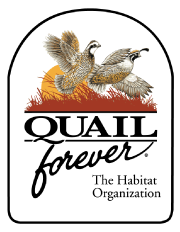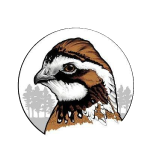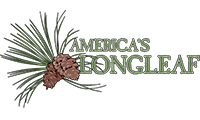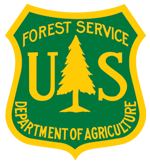Grazing Study Brings New Insights for Bobwhite Quail Management
“Since the 1960s, bobwhite populations have decreased by approximately 85% in most areas of the country. While the blame has revolved around topics such as pesticides, forestry techniques, predation, and myriad other issues, the ultimate cause can be boiled down to one thing – widespread habitat loss,” says Doug Mitchell, who co-led the study with Dr. Patrick Keyser of the University of Tennessee. “Bobwhites require grasses, forbs, and patches of brush to facilitate feeding, nesting, rearing chicks, and escape from predators. These habitat components were once common across the landscape.”
The study took place on the Blue Grass Army Depot in Kentucky, right in the heart of the “fescue belt.” The introduction of non-native, cool-season grasses, overgrazing and habitat fragmentation has long been hypothesized as one of the primary drivers of quail decline. This study set out to compare cool-season grass pastures to pastures with native warm-season grasses in areas with known quail populations to track which areas bobwhite quail preferred.
The study examined cool-season grass pastures that were hayed, cool-season pastures that were grazed, native warm-season grass fields that were not grazed but burned on a 3-year rotation and native warm-season grass pastures that were grazed. For each type of pasture, Mitchell and his field crew conducted surveys counting bobwhite whistles on each field type three times a year. In addition, around two hundred bobwhite were trapped and fitted with radio transmitters and then their locations were tracked daily. The team would then visit the site where the birds were pinged and collect data about the vegetative structure and composition of the places the birds had been located. The study also examined mortality rates for the tagged quail to see if there were any associations between habitat types and quail survival.
At the end of the study, they were able to estimate the home ranges of approximately one hundred bobwhites. The study showed that bobwhite quail were 8.5 times more likely to use the grazed native warm-season grass pastures year-round than the hayed cool-season grass pastures. Conventionally managed tall fescue pastures were 15.4 times less likely to be used by quail than the hayed cool-season pastures. Simply put, bobwhite exhibit a significant preference for land that has a combination of grazing and native warm-season grasses.
"Bobwhite quail, like all of our other grassland-associated birds, have been adapted for eons to our tall growing native grasses. But these grasses - and the native forbs that grow with them - do not, by themselves create a grassland,” says Dr. Keyser. “All grasslands, including ours here in North America, must have the appropriate natural disturbances to be fully functioning ecosystems. And in North America, the natural disturbances have always been fire and grazing. Where we have relatively large amounts of rain, like the fescue belt, grazing is likely the more critical of these two. So for quail to thrive, we want native grasses PLUS grazing and, if at all possible, burning as well."
Another important observation from the study was that the predicted seasonal survival rate was greater than 30% where grazed native grasses exceeded 60% of the bird’s home range. That rate is very similar to the survival rate that many wildlife professionals believe is needed for stable quail populations. In the areas with higher quail survival rates, shrubby cover was only thirty yards on average from native warm -season grasses
“Managing NWSG grass so that it’s 14-16 inches high and has close shrub cover is key, especially for larger plots,” says Dr. Keyser. “Planting plum thickets or letting draws grow cover is a great place to start when improving pasture for quail.”
In landscapes where large pastures are made up of heavily grazed, cool-season grasses, quail lack the habitat they need to survive. This study provides supporting data for the integration of native warm-season grasses into grazing systems as a way to help create the habitat conditions for quail and other wildlife to thrive. This concept of “working lands conservation,” where conservation practices do not significantly reduce agricultural production, is a critical conservation approach and a key feature of NRCS's Working Lands for Wildlife.
To learn more about establishing native warm-season grasses, check out the University of Tennessee’s Native Grass College and Keyser’s book Native Grass Forages for the Eastern US. To learn more about Working Lands for Wildlife and other resources for landowner technical and financial assistance, reach out to your local Quail Forever biologist.


























